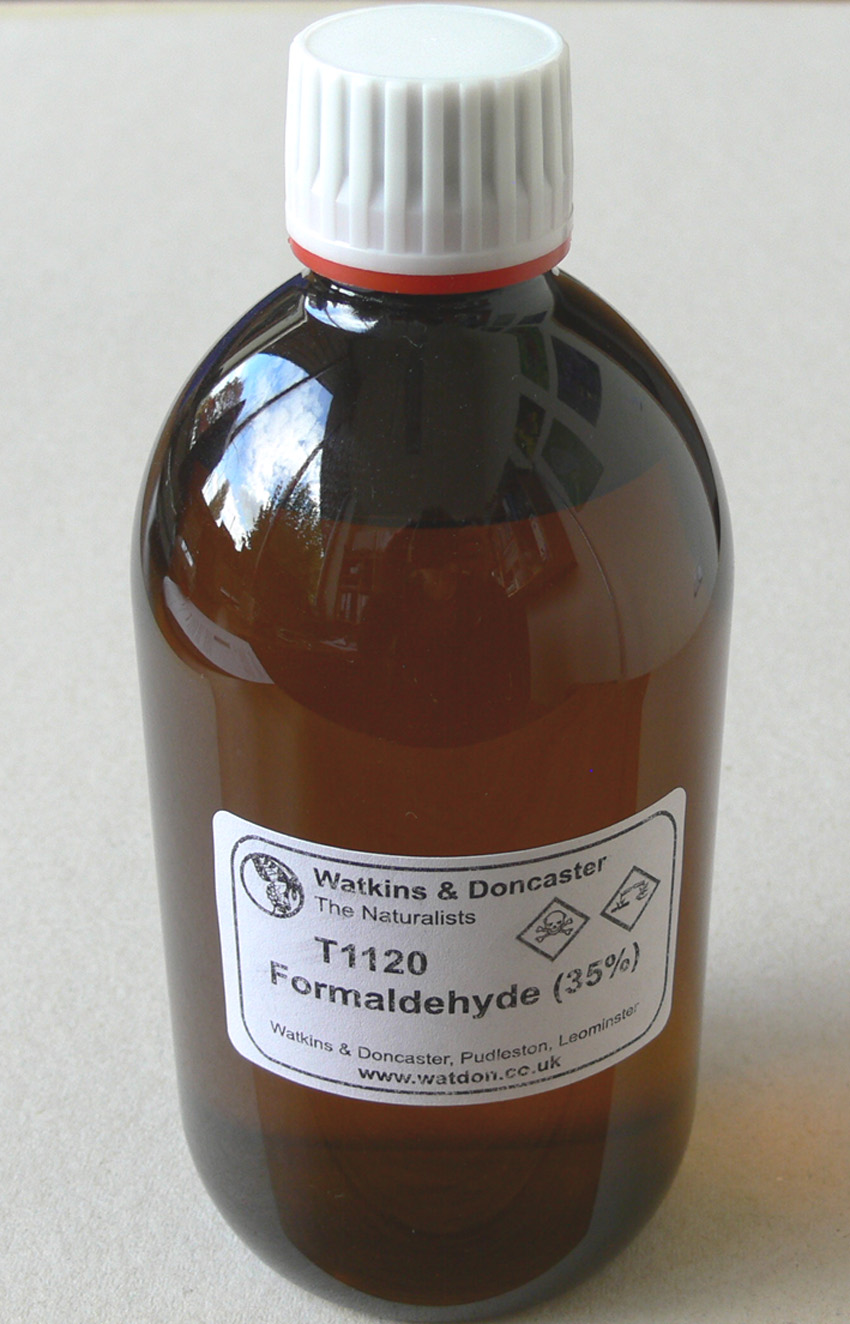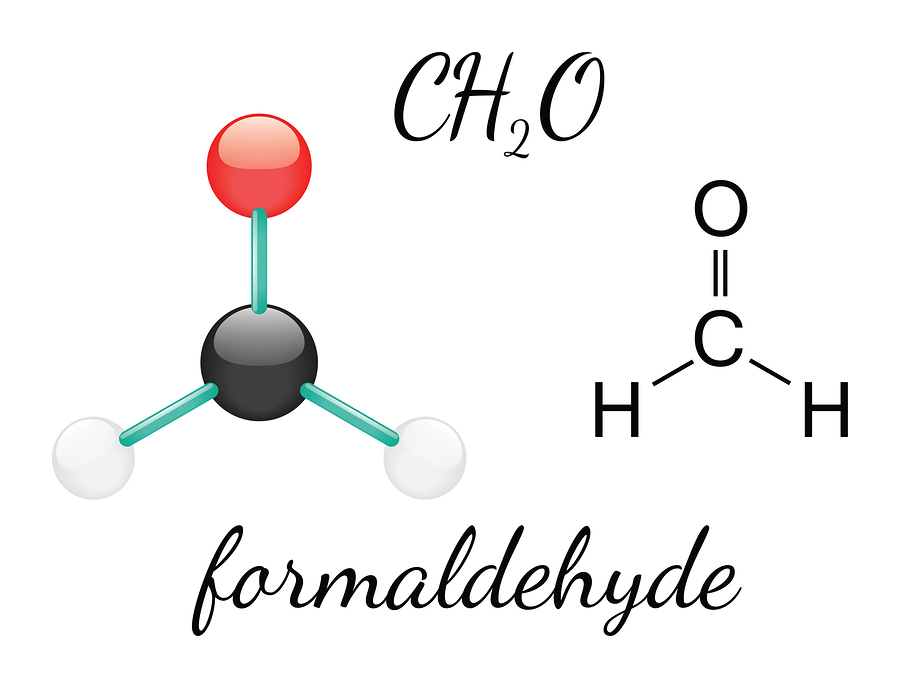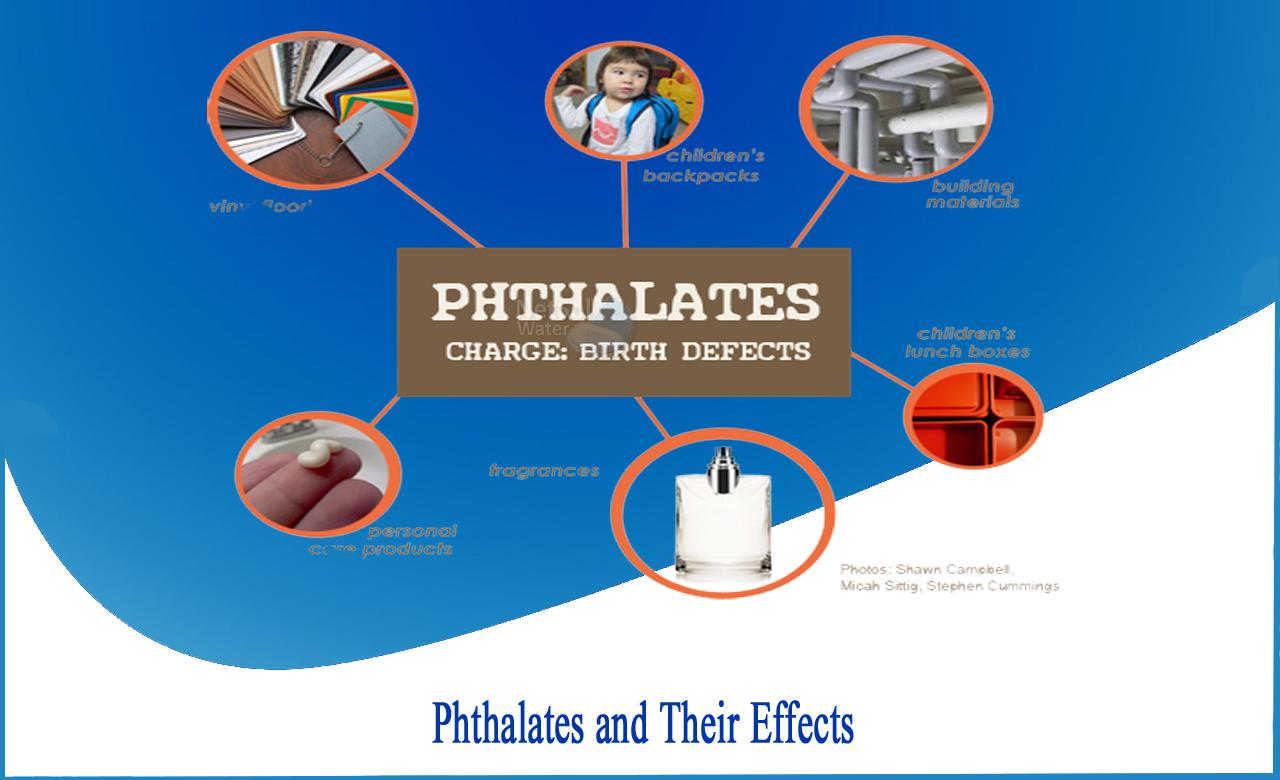Polyurethane is the main chemical used in the production of memory foam mattresses. It is a versatile polymer that can be found in a variety of products, from insulation materials to car parts. When used in mattresses, polyurethane creates a dense and supportive foam that is perfect for providing a comfortable sleeping surface. Memory foam mattresses are known for their ability to contour to the body’s shape, and this is due to the viscoelastic properties of polyurethane foam. This means that the foam is able to respond to pressure and heat, molding itself to the sleeper’s body and providing a customized level of support.Polyurethane: The Foundation of Memory Foam Mattresses
The production of polyurethane foam requires the use of isocyanates, a group of chemicals that react with other compounds to form the foam. The most commonly used isocyanates in memory foam mattresses are toluene diisocyanate (TDI) and methylene diphenyl diisocyanate (MDI). While isocyanates are crucial for the creation of memory foam, they can also be hazardous to workers during the manufacturing process. This is why reputable mattress companies take precautions to ensure the safety of their employees and the quality of their products.Isocyanates: The Essential Ingredient
Toluene diisocyanate is a chemical compound used in the production of memory foam mattresses. It is a diisocyanate, meaning it has two isocyanate groups that are essential in the chemical reaction that produces foam. TDI is known for its ability to create a highly resilient foam that is able to return to its original shape after being compressed. This makes it an ideal component for mattresses, as it can withstand pressure and provide long-lasting support.Toluene Diisocyanate: A Key Player in the Foam-Making Process
Methylene diphenyl diisocyanate is another type of isocyanate used in the production of memory foam mattresses. It is considered a safer alternative to TDI, as it produces less volatile organic compounds (VOCs) and has a lower potential for causing respiratory reactions. MDI is also known for creating a firmer and denser foam compared to TDI, making it a popular choice for those seeking a more supportive mattress.Methylene Diphenyl Diisocyanate: A Safer Alternative to TDI
As with any bedding product, safety is a top priority when it comes to memory foam mattresses. This is why flame retardants are often added to the foam to reduce the risk of fire. Flame retardants work by slowing down the spread of fire, giving people more time to escape in case of an emergency. While some flame retardants have been found to have negative health effects, mattress companies are now using safer alternatives such as wool or kevlar to achieve the same level of protection.Flame Retardants: Safety First
Formaldehyde is a chemical that is commonly used in the production of many household products, including memory foam mattresses. However, it is also a known carcinogen, meaning it has the potential to cause cancer. Fortunately, there are now stricter regulations in place to limit the amount of formaldehyde used in the production of mattresses. It is important to research the materials and manufacturing processes of a mattress before purchasing to ensure it meets safety standards.Formaldehyde: The Chemical You Want to Avoid
Memory foam mattresses are known for their ability to retain heat, which can create the perfect environment for bacteria and other microorganisms to thrive. To combat this, antimicrobial agents are often added to the foam to prevent the growth of these unwanted guests. Antimicrobial agents work by inhibiting the growth of bacteria, fungi, and other microorganisms, keeping your mattress clean and fresh for longer. This is especially important for those who are sensitive to allergens or have respiratory issues.Antimicrobial Agents: Keeping Your Mattress Clean and Fresh
Phthalates are a group of chemicals that are used to make plastics more flexible and durable. They are often found in memory foam mattresses, but their use has sparked controversy due to potential health risks. Phthalates have been linked to hormonal disruptions and other health concerns, and some studies have shown that they can leach out of products and into the body. While there is currently no conclusive evidence of the harmful effects of phthalates in mattresses, it is important to be aware of their presence and choose products that are phthalate-free.Phthalates: The Controversial Additive
As mentioned earlier, volatile organic compounds (VOCs) are a concern when it comes to memory foam mattresses. These chemicals are released into the air from the foam and can cause respiratory irritation, headaches, and other health issues. To reduce exposure to VOCs, it is important to choose mattresses that are certified as low-emitting or free of VOCs. This will help ensure a healthier sleeping environment for you and your family.Volatile Organic Compounds: A Potential Health Hazard
Polybrominated diphenyl ethers (PBDEs) were once commonly used as flame retardants in memory foam mattresses, but they have since been phased out due to their harmful effects on human health and the environment. PBDEs have been linked to a range of health issues, including neurological and reproductive problems. Fortunately, mattress companies have now found safer alternatives to achieve the same level of fire resistance, making PBDE-free mattresses the standard in the industry. In conclusion, memory foam mattresses may contain a variety of chemicals, but it is important to note that reputable companies take measures to ensure the safety and quality of their products. By understanding the purpose and effects of these chemicals, you can make informed choices and find the perfect memory foam mattress for your needs.Polybrominated Diphenyl Ethers: A Thing of the Past
The Benefits of Using Memory Foam Mattresses

Introduction
 Memory foam mattresses have become increasingly popular in recent years due to their unique ability to conform to the body's shape and provide unparalleled comfort and support. However, many people are unaware of the chemicals used in the production of memory foam mattresses and their potential impact on health and the environment. In this article, we will delve into the various chemicals used in memory foam mattresses and their effects, as well as explore alternative options for those looking for a more eco-friendly and healthier sleeping solution.
Memory foam mattresses have become increasingly popular in recent years due to their unique ability to conform to the body's shape and provide unparalleled comfort and support. However, many people are unaware of the chemicals used in the production of memory foam mattresses and their potential impact on health and the environment. In this article, we will delve into the various chemicals used in memory foam mattresses and their effects, as well as explore alternative options for those looking for a more eco-friendly and healthier sleeping solution.
The Chemicals Used in Memory Foam Mattresses
 The main component of memory foam is polyurethane, a synthetic material made from petrochemicals. The manufacturing process involves mixing polyols and diisocyanates, which can release volatile organic compounds (VOCs) such as formaldehyde, benzene, and toluene. These chemicals have been linked to respiratory issues, headaches, and even cancer. Additionally, the production of polyurethane emits harmful greenhouse gases, contributing to the depletion of the ozone layer and climate change.
The main component of memory foam is polyurethane, a synthetic material made from petrochemicals. The manufacturing process involves mixing polyols and diisocyanates, which can release volatile organic compounds (VOCs) such as formaldehyde, benzene, and toluene. These chemicals have been linked to respiratory issues, headaches, and even cancer. Additionally, the production of polyurethane emits harmful greenhouse gases, contributing to the depletion of the ozone layer and climate change.
The Effects of Memory Foam Chemicals
 Exposure to VOCs from memory foam mattresses can have both short-term and long-term effects on health. In the short-term, these chemicals can cause irritation to the eyes, nose, and throat, and can also trigger asthma attacks in individuals with respiratory conditions. Long-term exposure to these chemicals has been linked to more serious health issues, including neurological disorders, organ damage, and hormonal imbalances. Furthermore, the release of VOCs from memory foam mattresses can continue for years, which means that even after the initial off-gassing period, these harmful chemicals can still be present in the air.
Exposure to VOCs from memory foam mattresses can have both short-term and long-term effects on health. In the short-term, these chemicals can cause irritation to the eyes, nose, and throat, and can also trigger asthma attacks in individuals with respiratory conditions. Long-term exposure to these chemicals has been linked to more serious health issues, including neurological disorders, organ damage, and hormonal imbalances. Furthermore, the release of VOCs from memory foam mattresses can continue for years, which means that even after the initial off-gassing period, these harmful chemicals can still be present in the air.
Eco-Friendly and Healthier Alternatives
 If you are concerned about the chemicals used in memory foam mattresses, there are alternative options available. Natural latex mattresses, for example, are made from the sap of rubber trees and do not contain any harmful chemicals. They are also biodegradable and have a longer lifespan than memory foam mattresses. Other eco-friendly options include organic cotton and wool mattresses, which are free from synthetic materials and chemical additives. These mattresses are also hypoallergenic and provide a more breathable sleeping surface.
If you are concerned about the chemicals used in memory foam mattresses, there are alternative options available. Natural latex mattresses, for example, are made from the sap of rubber trees and do not contain any harmful chemicals. They are also biodegradable and have a longer lifespan than memory foam mattresses. Other eco-friendly options include organic cotton and wool mattresses, which are free from synthetic materials and chemical additives. These mattresses are also hypoallergenic and provide a more breathable sleeping surface.
In Conclusion
 While memory foam mattresses may offer unparalleled comfort, it is important to consider the potential health and environmental impacts of the chemicals used in their production. By opting for more eco-friendly and healthier alternatives, you can sleep soundly knowing that you are not only taking care of your own well-being, but also that of the planet.
While memory foam mattresses may offer unparalleled comfort, it is important to consider the potential health and environmental impacts of the chemicals used in their production. By opting for more eco-friendly and healthier alternatives, you can sleep soundly knowing that you are not only taking care of your own well-being, but also that of the planet.


























































.jpg)

























































/how-to-install-a-sink-drain-2718789-hero-24e898006ed94c9593a2a268b57989a3.jpg)



